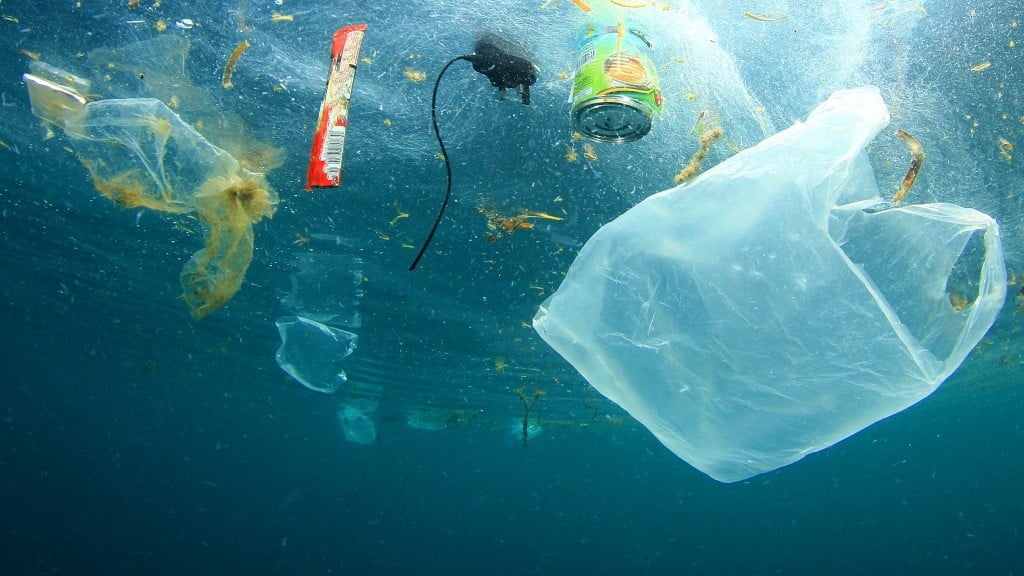Letter from the Editor: New year, new plastics legislation

As the new year rolls in, so does plenty of new legislation aiming to regulate plastic waste. Plastics recycling is undoubtedly one of the most controversial topics in recycling right now, and 2023 is shaping up to be a year that could further divide the industry.
Here in Canada, the federal government recently released the next steps in its ban on harmful single-use plastics to prohibit items such as cutlery, stir sticks, checkout bags, and food containers from being manufactured or imported into Canada, which will be followed by a ban on ring carriers starting in June. According to the government, the ban will eliminate over 1.3 million tonnes of hard-to-recycle plastics over the next decade.
The Government of Canada is also developing new regulations that will require plastic packaging to contain at least 50 percent recycled content, in addition to establishing new rules for labelling recyclable and compostable plastics and developing a plastic registry to hold producers responsible for their waste. Drafts of these regulations are set to be available at the end of this year.
Across the border, the Biden Administration recently passed the FY 2023 Consolidated Appropriations Act which includes a number of directives relating to topics such as negotiating a global agreement to address plastic pollution, funding efforts to reduce ocean plastic pollution, and emphasizing plastics research, including microplastics and nanoplastics.
This influx of new regulations comes on the heels of the latest New Plastics Economy Global Commitment progress report which shows that the commitment to using only reusable, recyclable, or compostable plastic packaging by 2025 is unattainable for most businesses, driven partially by a lack of investment in collection and recycling infrastructure. Legislation plays a critical role in supporting these types of investments, and while there is no one-size-fits-all solution for the plastic problem, increasing the amount of materials that are being recovered, minimizing contamination, and effectively collecting and sorting recyclables are all vital to reducing reliance on virgin plastics and moving toward a circular economy.
Despite this new legislation providing a push in the right direction we're still a long way off from coming anywhere near full circularity. Data from the Environmental Protection Agency and plastic waste exports shows that the recycling rate for plastic fell to less than six percent for the United States in 2021. For comparison, the paper sector saw a recycling rate of 68 percent that same year, one of its highest ever.
While the recycling industry continues to find new and innovative solutions to combat the growing mountain of plastic waste, it's clear that more infrastructure, resources, and incentives are needed from all sides to propel these changes. The act of recycling alone is not enough to completely eliminate plastic pollution - more policies and initiatives are needed to expedite the transition toward a truly circular economy.


